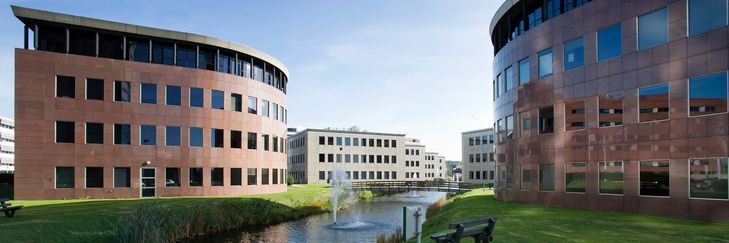City Affairs wrote that 9,200 football fields in industrial areas have disappeared. Previous reports had similar headlines, indicating that the industrial zone market is looming as the space for businesses becomes less and less. However, this is incorrect and puts politicians and policymakers on the wrong track, responds Chancellor Han Olden.
Written by Han Olden, independent regional economic and commercial real estate consultant
First the facts. The area of industrial areas in the Netherlands continues to grow. This is shown by the IBIS business park registration system and land use statistics from Statistics Netherlands. CBS has even concluded that business space is growing faster than residential space. Business parks are being withdrawn from their function, but more new spaces are still being added.
The fact that 9,200 football fields have been excavated cannot be proven empirically either. IBIS explains that a shift to residential construction is taking place, but the surface area involved is much smaller than suggested. Moreover, it mainly concerns the smaller sites, which are already partially neglected due to the obsolescence of the property.
There are also no indications of a risk of shortage in industrial areas. According to IBIS, more than 8000 hectares of direct-issuable business park was still available as of January 1, 2021. This is significantly more than has been spent in the past ten years. It is also more than enough to meet the demand for new business parks until 2030, according to the optimistic scenario of the Construction Economic Institute and PAC Consulting in the context of the national environmental vision.
The facts are clearly visible: the industrial cities are not lost in the battle for space! Stressing the material shortage in industrial areas and the struggle for space easily leads to wrong conclusions. There is no reason to create new industrial zones on a large scale. It would not be good for the central government and the prefectures to come to this conclusion in the NOVI section about work sites.
The fact that there are more than enough industrial zones available nationally does not of course change the fact that there is a regional or specific shortage. Resolving this allotment requires good proof and regional coordination. What matters is that municipal economic affairs departments are putting more effort into developing mixed living and working environments. Simply claiming more hectares for businesses, without providing insight into the quality of supply required, will not lead to more activity in the city.
Stopping the shift doesn’t contribute to that either. Transformation is closely related to urban renewal. Contributes to changing the color of the sites that fit more with the urban structure. This is also important for old industrial areas that no longer meet the requirements of companies. The discontinuation of transformation removes the dynamics of urban renewal.
There are a lot of ideas about the working and living environment within the city. Examples can be found in the publication “Ecosystems for Action in the City” by Bora and Orhan. In practice, unfortunately, these ideas have only a limited influence on the spatial economic policy of municipalities. Industrial zoning plans are still very global. Urban design isn’t much more than what RIGO called a “purple spot on the map” in the 1990s. If this does not change, companies in urban renewal areas will be left with few unattractive bases in apartment buildings.

“Total coffee specialist. Hardcore reader. Incurable music scholar. Web guru. Freelance troublemaker. Problem solver. Travel trailblazer.”







More Stories
GALA lacks a chapter on e-health
Weird beer can taste really good.
Planets contain much more water than previously thought